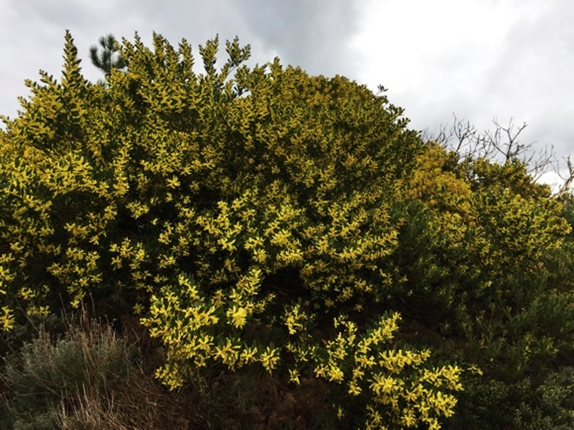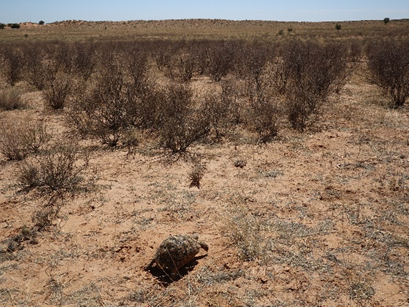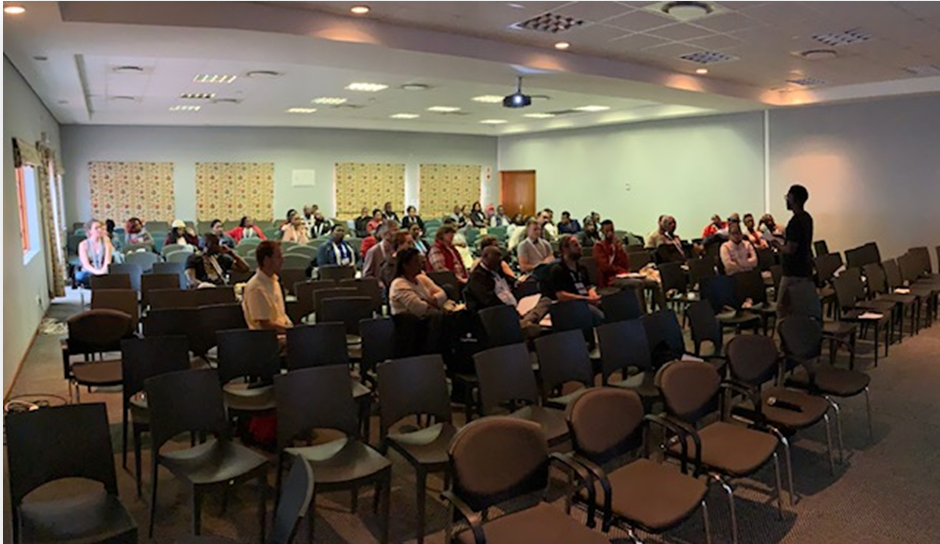Diverse rat-bite fever agents found in invasive rats in South Africa
A study by Dr Rolanda Julius (former C∙I∙B postgraduate student) and Prof Chris Chimimba (C∙I∙B Core Team member) has detected the presence of Rat-bite Fever agents in invasive species of brown rats, black rats and Asian house rats sampled in urban areas of Gauteng Province, South Africa.





